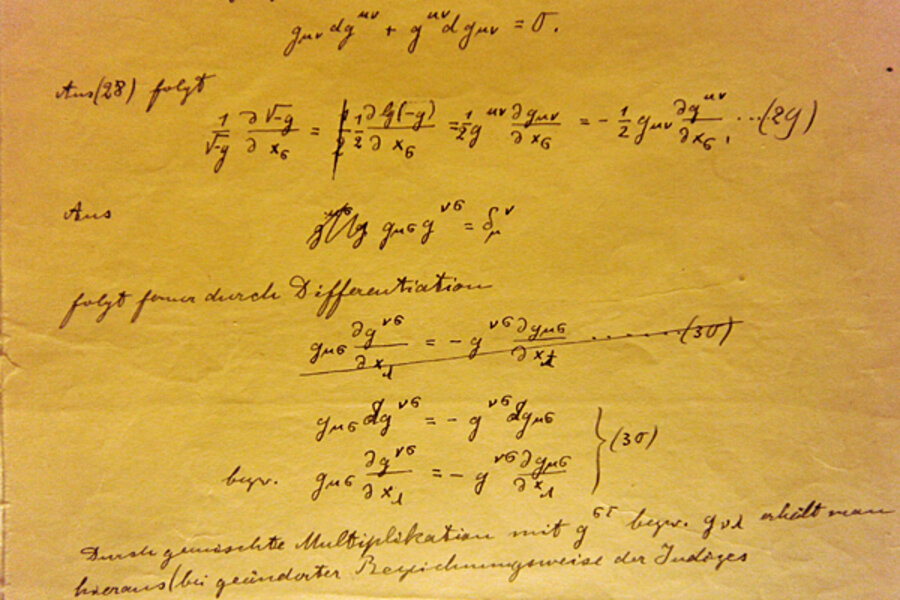Theory of Everything: To come up with it, scientists drop an experiment down an elevator shaft
Loading...
Scientists dropped an experiment nearly five stories down an elevator shaft of sorts to test a possible way to meld the physical theory of the very small - quantum mechanics - with the very large - general relativity, to create a theory of everything.
The theory of quantum mechanics reigns over atoms and electrons and quarks and other things too tiny to see with the naked eye. It describes these most basic building blocks of matter as both particles and waves.
The theory famously includes some befuddling concepts such as the uncertainty principle (you can't simultaneously know both the position and momentum of a particle with accuracy) and the idea of quantum entanglement, whereby two particles that were formerly linked can be separated by great distances and retain an eerie connection, with one responding when an action is performed on the other.
General relativity, on the other hand, governs the realm of the very large, describing how gravity acts on some of the largest, densest, heaviest things in the universe like stars and black holes.
This theory, described by Albert Einstein in 1915, envisions gravity warping the fabric of space-time so that massive objects like stars literally bend the universe so that objects can't help but fall toward them. Under general relativity, even time can be warped by gravity.
Yet to the enduring frustration of physicists, these two grand theories seem incompatible with each other. So far, the laws of the very small and the very large are impossible to reconcile.
"Both theories cannot be combined," said researcher Ernst Rasel of the University of Hannover in Germany. "In that sense we are looking for a new theory to bring both together."
A new experiment offers hope by probing the very boundary between these two realms, the researchers said. They experimented with a special type of super-cold matter called a Bose-Einstein condensate.
"Bose-Einstein condensates exist on the border between quantum and classical physics; they are governed by the laws of QM [quantum mechanics] but can take macroscopic dimensions," wrote the team, led by Tim van Zoest of the University of Hannover, in a paper published in the June 17 issue of the journal Science.
The Bose-Einstein condensate in the experiment was composed of a cloud of millions of rubidium atoms that were cooled to temperatures nearing absolute zero. At this point, they basically lose their individual identities and can be described by a single macroscopic wave function – essentially an equation from quantum mechanics, but on a large scale.
The researchers then dropped a capsule containing the Bose-Einstein condensate down a very tall tower built especially for scientific experiments. The drop allowed the material to experience weightlessness during its brief freefall.
The lack of gravity caused the gas to expand, and allowed the scientists to study the gravitational effects on the quantum gas.
The experiment showed that such projects could offer a fertile ground for testing the murky boundary between quantum mechanics and general relativity, the researchers said. They hope to one day send such an experiment to space, perhaps on the International Space Station.
"We think that you can really get improvement in our sensitivity doing this in space," Rasel told LiveScience.





